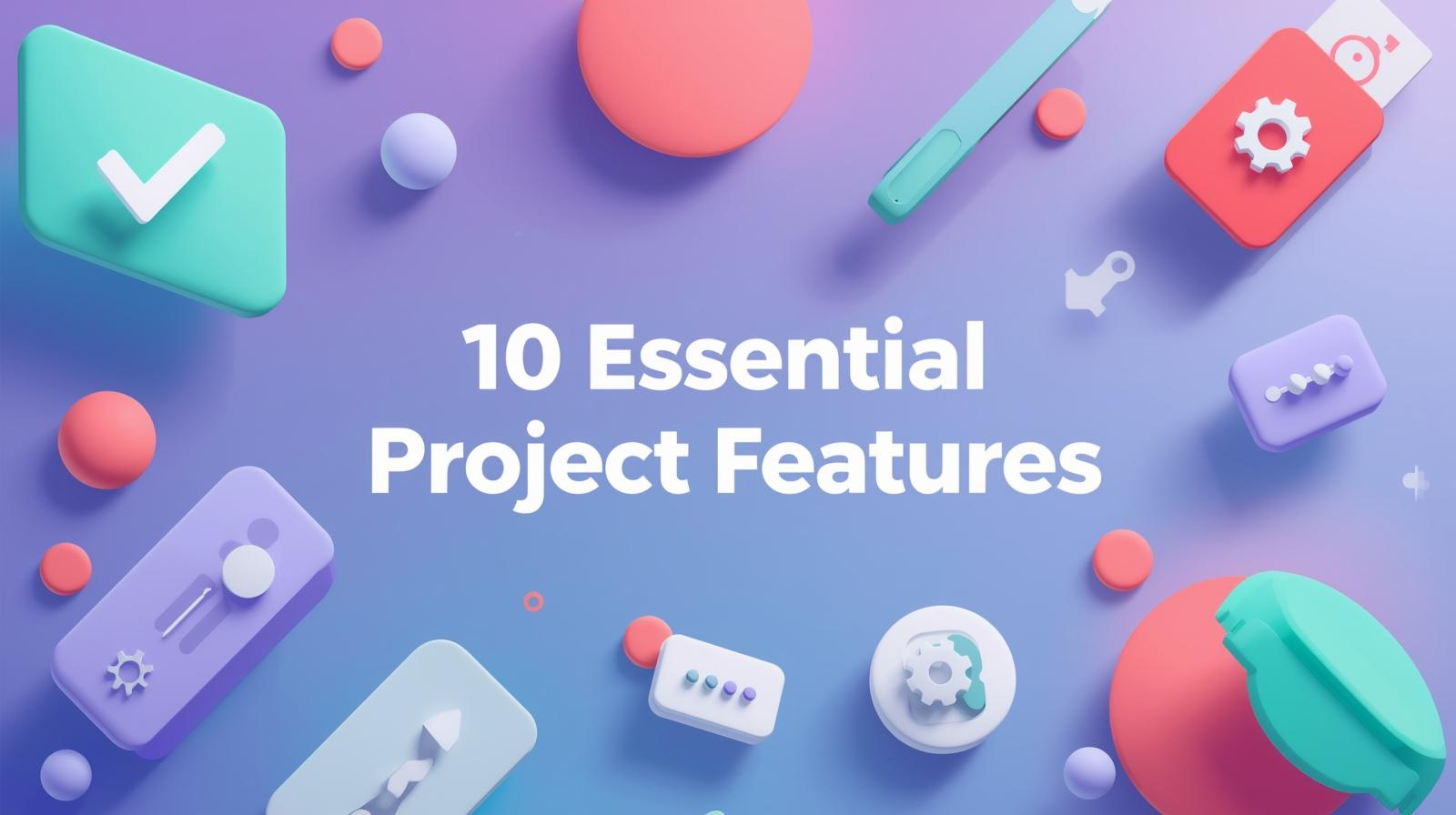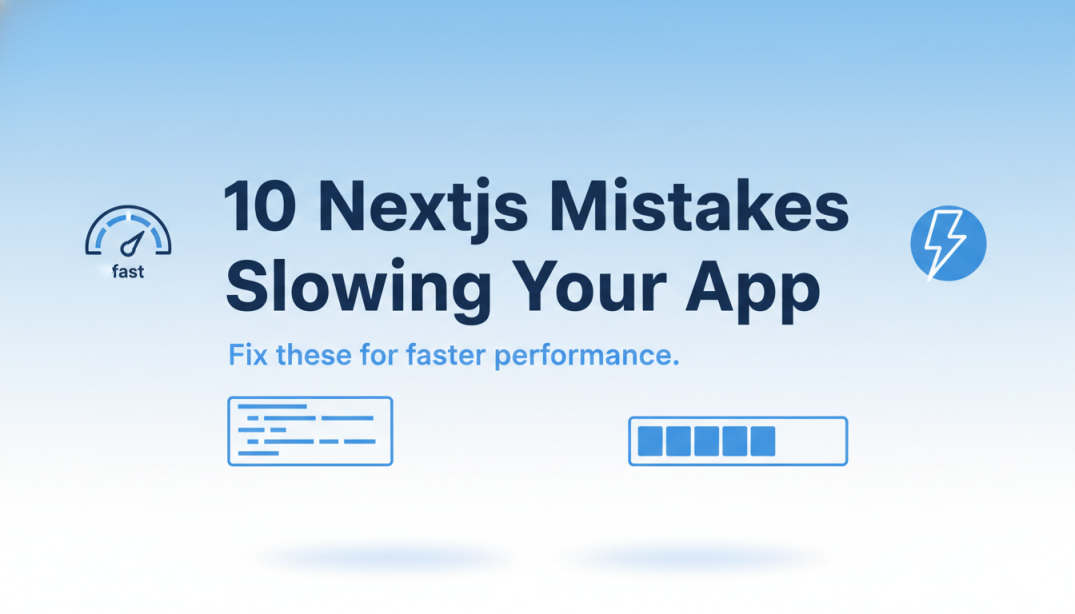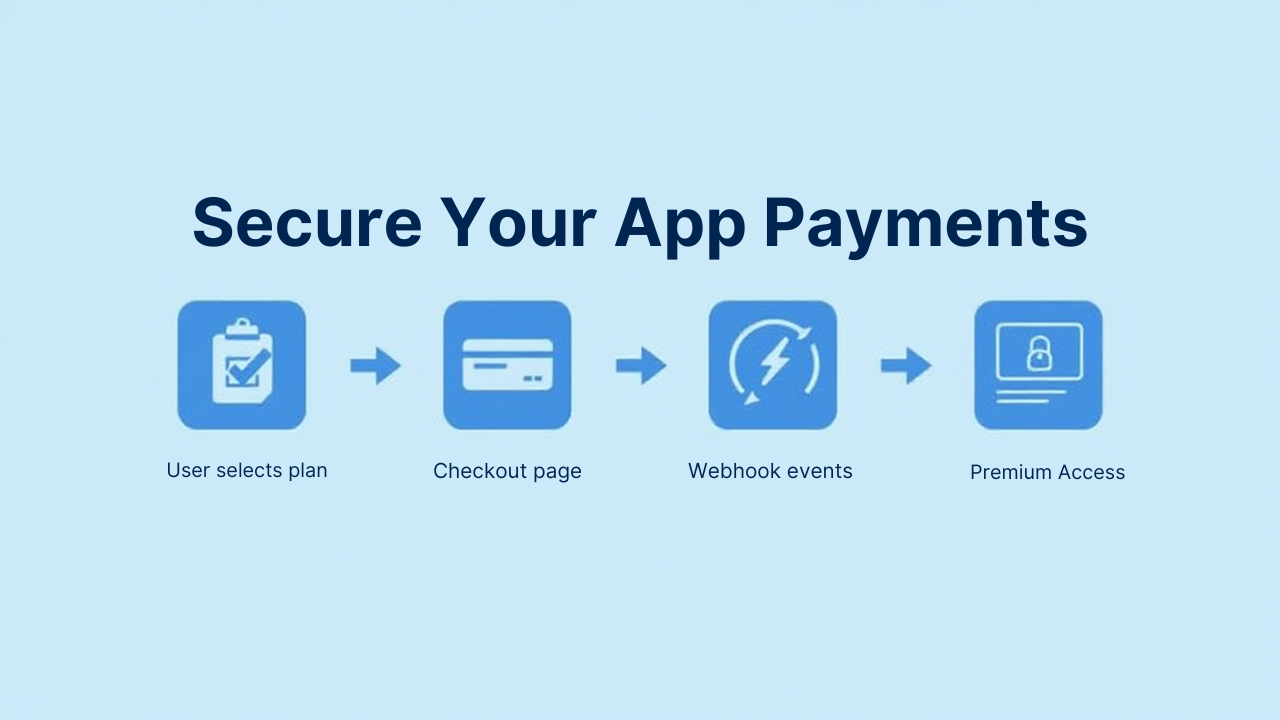10 Must Have Features to Build Strong and Safe Projects

Whenever I start a new project, the excitement always pushes me to jump straight into coding. I want to see layouts working, APIs responding, pages loading. But after doing a few projects, especially client projects, I realised something important. The speed in the beginning usually becomes pain later if the foundation is weak.
This blog is basically everything I wish I knew earlier. These are the features and practices I now add from day one. They look simple but they save hours and even days of debugging or rewriting. If you are building anything serious, these ten things will help you avoid frustration later.
1. Clear Requirements and Scope
The biggest reason projects fail or become messy is unclear requirements. If you do not know exactly what your version one should contain, you will either overbuild or keep changing direction.
Why this is important
Clear scope keeps you focused. It saves time, avoids confusion, and makes sure the final product actually solves the intended problem.
Example
Let’s say you are building a small tool that generates portfolio websites.
Instead of writing a vague goal like “make portfolio generator”, define it like:
• Three templates
• Edit text and images
• Publish to a custom subdomain
• Basic visitor analytics
• No team collaboration in version 1
Now you know your boundaries. If someone says “add drag and drop editor”, you can confidently say “not in this version”. This avoids unnecessary work.
2. A Clean and Modular Folder Structure
Your project should be easy to navigate. If you dump everything inside one folder, it becomes a nightmare later.
Why?
A modular structure makes future changes faster. When you return after months, you immediately understand where files are supposed to be.
Example
In a Next.js app, create clear directories like components, hooks, services, lib, and types.
If you build an authentication service, place it in services/auth.
Now whenever you need something, you know exactly where to find it.
3. Version Control and Branching
Even if you are a solo developer, treat your project like a team project. Working directly on the main branch creates confusion and increases chances of breaking your project.
Why?
Branching helps you isolate features. If something breaks, you know which branch caused it. It keeps your main branch stable.
Example
You want to add a new email verification feature.
Create a branch named feature/email-verification.
Finish the feature, test it, then merge it into main.
This is simple but extremely helpful when your project becomes big.
4. Basic Automated Testing
You do not need to write hundreds of tests. But adding tests for important functions and flows helps you catch mistakes early.
Why?
Testing prevents old features from breaking when you update something new. It builds confidence when you release updates.
Example
If you have a function that formats prices for different currencies, test it for correct and incorrect inputs.
Later, if you change something, the test will tell you if you accidentally broke the logic.
5. CI and Automatic Deployment
Manual deployment creates mistakes. With CI and automated deployment, your code gets tested and deployed without your involvement.
Why?
It saves time, avoids manual errors, and ensures consistent builds.
Example
When you push your code to GitHub, a workflow can automatically build your Next.js app, check for errors, and deploy it to Vercel.
You do not have to manually upload or configure anything.
This also helps when working with clients who expect reliable updates.
6. Proper Error Handling and Logging
If your app shows a blank screen or fails silently, debugging becomes a nightmare. Instead, log errors clearly.
Why?
Logs help you understand what went wrong. When a user reports an issue, you should not depend on guesswork.
Example
If a user publishes a landing page and it fails, log the user id, the error message, and the time.
When they contact support, you can instantly check logs and know the cause.
This is faster than asking a long list of questions.
7. Security From Day One
Many developers think security is something to be added after launch. But fixing security issues later becomes ten times harder.
Why?
Your users trust you with their data. A small security mistake can cause data leaks, project failure, or legal issues.
Example
• Validate all user inputs
• Do permission checks on server
• Protect private routes
• Use environment variables for secrets
These steps are simple but make your app safe enough to scale confidently.
8. Different Environments for Dev, Staging, and Production
Never mix testing and real users in the same environment.
Each environment should have its own settings.
Why?
You avoid mistakes like overwriting real data or showing half-completed features to real users.
Example
Dev environment for local development
Staging for testing final builds
Production for real users
If your staging version breaks, you fix it before pushing to production.
This reduces the risk of downtime.
9. Feature Flags
You do not have to release new features to everyone at the same time. Feature flags help you control who sees what.
Why?
You can test features safely. If something goes wrong, one switch turns it off instead of reverting the full code.
Example
You add a new analytics dashboard.
Enable it only for your account or a few test users.
If everything works fine, roll it out to everyone.
This reduces risk and increases stability.
10. A Feedback Loop and Maintenance Plan
After launch, users will give feedback, face issues, and request features. If you do not track these things, progress becomes random.
Why?
A consistent feedback loop allows you to improve your product based on real user needs. It also helps you prioritise tasks.
Example
Add a simple feedback button inside your app.
Collect issues in one place, maybe a Notion board or GitHub issues.
Review them weekly.
This keeps your project alive and updated instead of slowly becoming outdated.
Final Thoughts
New projects often start with energy but end with stress because of missing foundations. These ten features look small but they create a strong backbone for any project. In my experience, when I follow these steps, the entire development journey becomes smoother.
I spend less time fixing bugs and more time building features. Clients trust the project more. Users face fewer issues. I feel more confident while shipping updates.
If you add these features to your next project from the beginning, you avoid long nights of debugging, unexpected failures, and painful rewrites. Your project becomes stable, scalable, and ready for long-term growth.


